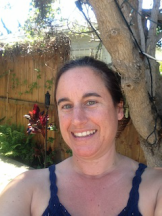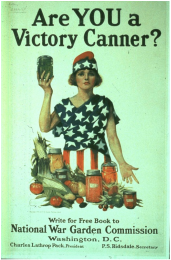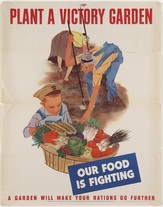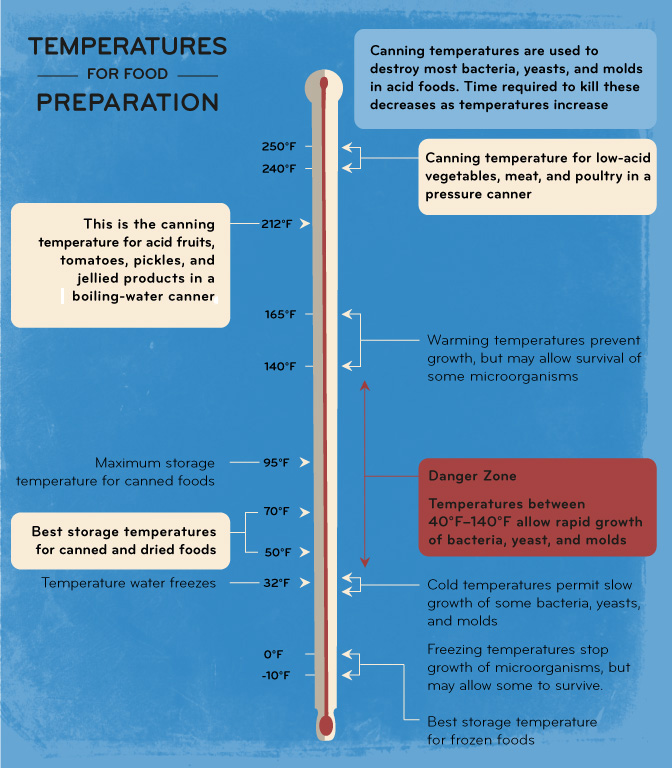A Brief History of Jams, Jellies, and Marmalade
Evidence suggests that jam and jelly dates back centuries ago and began in Southwest Asia. By the time of the Crusades, jam and jelly had made its way into Europe, and Marmalade was prevalent in Europe by the 1500s. In North America, the first books started to show up around the 17th century, and by 1940s, the Food and Drug Administration (FDA) established "standards of identity" which basically set out rules for what constitutes jelly, jam, preserves, and other fruit products.
The following, reprinted from the International Jelly and Preserve Association, shows the commonly used categories: (These identity standards are similar to what the FDA uses today)
International Jelly and Preserve Association 2014. Retrieved on Nov.28, 2014 from www.jelly.org
Evidence suggests that jam and jelly dates back centuries ago and began in Southwest Asia. By the time of the Crusades, jam and jelly had made its way into Europe, and Marmalade was prevalent in Europe by the 1500s. In North America, the first books started to show up around the 17th century, and by 1940s, the Food and Drug Administration (FDA) established "standards of identity" which basically set out rules for what constitutes jelly, jam, preserves, and other fruit products.
The following, reprinted from the International Jelly and Preserve Association, shows the commonly used categories: (These identity standards are similar to what the FDA uses today)
- Jelly - a clear, bright mixture made from fruit juice, sugar and often pectin or acid. No fewer than 45 pounds of fruit must be used for each 55 pounds of sweetener.
- Jam - a thick mixture of fruit and sugar (and often pectin) that is cooked until the pieces of fruit are very soft and almost formless -- the texture of a thick purée. It is also made with 45 pounds of fruit solids combined with 55 pounds of sweetener.
- Preserve - almost identical to a jam but preserves can contain large chunks of fruit or whole fruit.
- Conserve - much like a preserve but usually contains more than one kind of fruit and, often, nuts.
- Marmalade - also like a preserve but contains some amount of fruit peels, usually from a citrus fruit.
- Fruit butter - a spread that is made by cooking fresh fruit with spices until it becomes thick and smooth.
International Jelly and Preserve Association 2014. Retrieved on Nov.28, 2014 from www.jelly.org
History of Wartime preserves
| "Victory Gardens to Win the War" Slogans like these during wartime, encouraged citizens to grow "victory gardens," to support the war effort and to reduce their reliance on limited food rations. Canning their products was the next step. Today, vintage posters like these serve a new purpose. The message today is to promote healthy food choices. More people are growing and canning their own products. References: Stoller-Conrad, Jessica 2012: Canning History: When Propaganda Encouraged Patriotic Preserves: The Salt: NPR. Retrieved on Nov.28, 2014 from www.npr.org/blogs/thesalt Wartime Proganda images on growing victory gardens to support war efforts were produced by the Office of Wartime Information in 1943. These images are great to use in Gallery Walks with students when studying WWII. The Importance of temperature in canning | |




 RSS Feed
RSS Feed